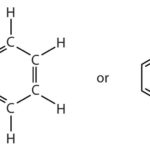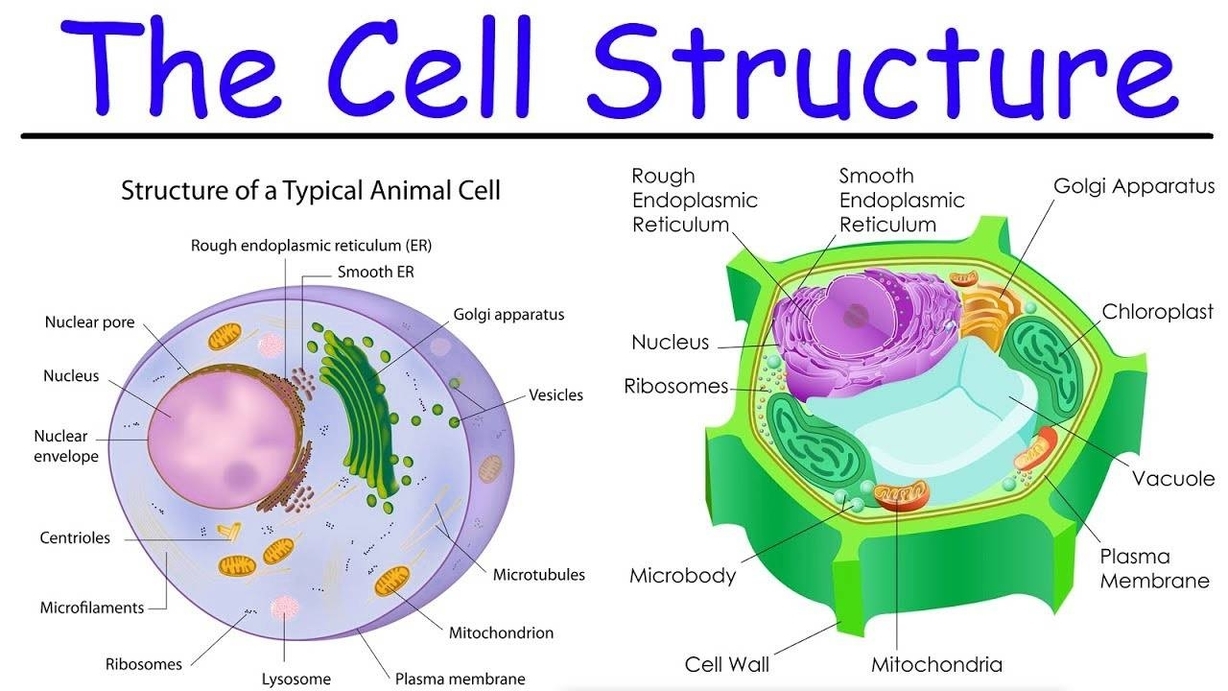Regenerative agriculture is a farming practice that focuses on improving soil health and biodiversity. It is a holistic approach that aims to create a sustainable ecosystem by enhancing the natural processes of the soil. The practice involves minimizing soil disturbance, reducing the use of synthetic fertilizers and pesticides, and promoting crop diversity. Regenerative agriculture is based on the principles of agroecology, which emphasizes the interdependence of plants, animals, humans, and the environment.
The goal of regenerative agriculture is to create a self-sustaining ecosystem that can produce food while preserving the environment. The practice is gaining popularity as a way to address the challenges of climate change, soil degradation, and food security. Regenerative agriculture can help to reduce greenhouse gas emissions, improve soil health, and increase the resilience of crops to climate change.
Regenerative agriculture involves several practices that are designed to improve soil health. One of the key practices is crop rotation, which involves planting different crops in the same field in a sequence. This helps to prevent soil erosion, reduce the buildup of pests and diseases, and improve soil fertility. Another important practice is cover cropping, which involves planting crops that are not harvested but are left to grow and protect the soil. Cover crops help to prevent soil erosion, improve soil fertility, and provide habitat for beneficial insects.
Regenerative agriculture also involves reducing the use of synthetic fertilizers and pesticides. Instead, farmers use natural fertilizers such as compost and manure, and natural pest control methods such as crop rotation and intercropping. This helps to reduce the environmental impact of farming and improve soil health.
Regenerative agriculture is also focused on promoting crop diversity. This involves planting a variety of crops in the same field, which helps to improve soil health and reduce the risk of crop failure. Crop diversity also helps to promote biodiversity, as it provides habitat for a variety of insects and animals.
In conclusion, regenerative agriculture is a farming practice that focuses on improving soil health and biodiversity. It is a holistic approach that aims to create a sustainable ecosystem by enhancing the natural processes of the soil. The practice involves minimizing soil disturbance, reducing the use of synthetic fertilizers and pesticides,












